
Iran Auto Industry Divorced From EV Reality

“The global auto industry has reached a watershed. Autonomous cars and electric vehicles are crucial topics in the global auto industry. However, it seems that none of the senior Iranian decision-makers are interested” Jean Christophe Quémard was quoted by the local automotive magazine Khodro Emroz as saying.
“I have visited Tehran several times in recent months, but never have I come across a single person among officials and automakers who have coherent thoughts about the ongoing changes in the auto industry.”
Quémard is of the opinion that the changes will eventually reach Iran, but “I do not know when.”
On the subject of the worsening air pollution in almost all major Iranian cities, he says, “The country’s transportation fleet needs renovation…I am not certain whether the introduction of EVs into the market would be a part of the solution.”
Demand for clean energy is gradually gaining traction in many countries – both in the developed and developing world. Besides shifting to environmentally-friendly fuel and renewable energy sources, states are long in the process of keeping their roads clean by getting rid of fossil-fuel vehicles. Countries leading the campaign for clean energy are China, Germany, the UK, Norway, and France.
The government in Tehran is yet to introduce policies for reducing the share of gasoline-powered vehicles in the transport sector. Quémard said “Because gasoline is relatively cheap in Iran, EVs may not have much space in the market.”
Gasoline prices in Iran are less than one-third of global average and regular gasoline is sold at approximately 25 cents per liter.
Quémard says, “We can start import of EVs into Iran at short notice. But consider this: after doing 300km cars need to be recharged. Does Iran have the required infrastructure?”
So far Iran does not have a single electric vehicle charging station.
We must wait and see whether the government will put in place the infrastructure EVs need.”
In the coming two years PSA is set to introduce eight new models in the international market. All of the models can be refitted as fully electric or hybrid petrol-electric. Quémard doubts that the electric or hybrids would be suitable for the Iranian market.
“Even if we start local manufacture of EVs, the low demand would render production unfeasible. The most important part of an EV is the battery. To reach the feasibility threshold, at least 500,000 batteries should be produced annually,” Quémard was quoted as saying. Considering the assumed low demand for EVs in Iran, the feasible output cannot be reached.
Market Share
The French automotive group is present in Iran through joint venture deals with Iran Khodro and SAIPA through its Peugeot and Citroen brands.
Quémard says, “PSA Group wants to increase production in the Middle East and Africa. We are aiming for annual output rate of 1 million vehicles by 2025 in the Mena region.”
Reflecting on the growing local auto market, he said, “Iran is a key element in our international plans. Through joint ventures with local carmakers PSA will annually produce 400,000 cars in Iran by 2025.”
The company has a long history of presence in Iran with a significant share of the market that is the envy of many other carmakers. During the first seven months of the current fiscal (ends in March), 246,742 cars were produced under the Peugeot brand by local carmakers or about 32% of the total.
In addition to Peugeot, cars produced under PSA’s DS Automobiles brand are present in Iran through imports. Quémard says that cars made by the conglomerate’s Opel subsidiary will be sold in Iran soon. He did not elaborate.

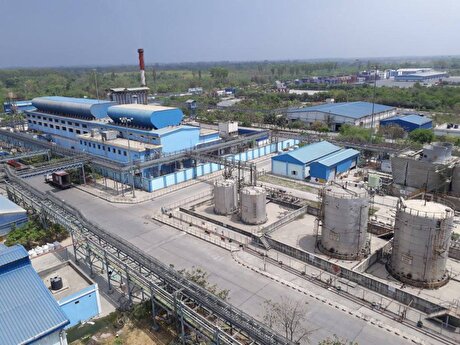
Hindustan Zinc to invest $438 million to build reprocessing plant

Gold price edges up as market awaits Fed minutes, Powell speech

Glencore trader who led ill-fated battery recycling push to exit

UBS lifts 2026 gold forecasts on US macro risks

Roshel, Swebor partner to produce ballistic-grade steel in Canada

Iron ore price dips on China blast furnace cuts, US trade restrictions

EverMetal launches US-based critical metals recycling platform
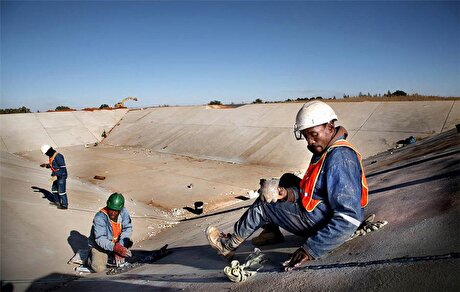
South Africa mining lobby gives draft law feedback with concerns
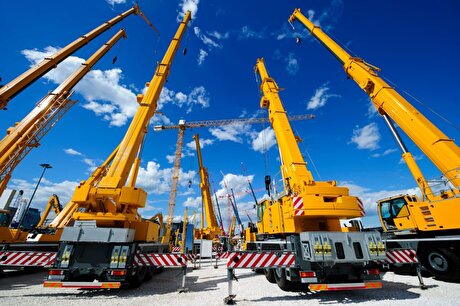
US hikes steel, aluminum tariffs on imported wind turbines, cranes, railcars

Barrick’s Reko Diq in line for $410M ADB backing

Gold price gains 1% as Powell gives dovish signal

Electra converts debt, launches $30M raise to jumpstart stalled cobalt refinery
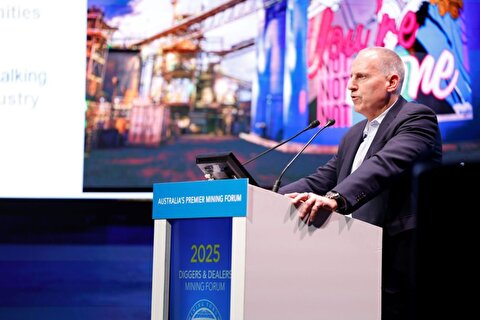
Gold boom drives rising costs for Aussie producers
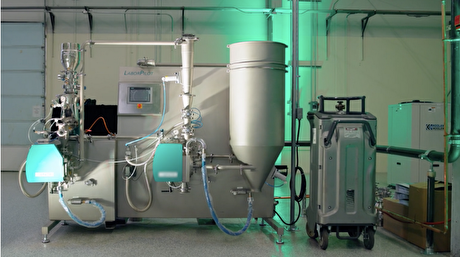
Vulcan Elements enters US rare earth magnet manufacturing race
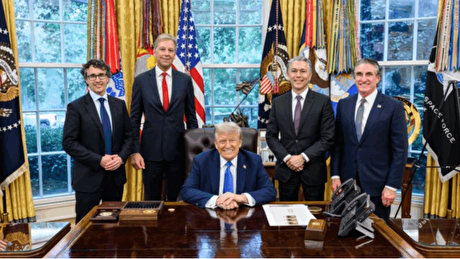
Trump raises stakes over Resolution Copper project with BHP, Rio Tinto CEOs at White House
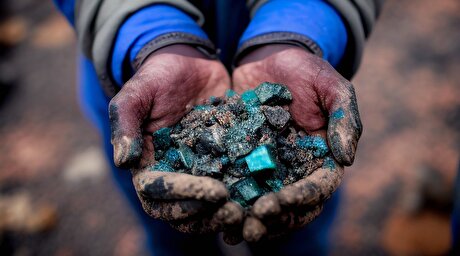
US seeks to stockpile cobalt for first time in decades

Trump weighs using $2 billion in CHIPS Act funding for critical minerals

Nevada army depot to serve as base for first US strategic minerals stockpile

Emirates Global Aluminium unit to exit Guinea after mine seized

Barrick’s Reko Diq in line for $410M ADB backing

Gold price gains 1% as Powell gives dovish signal

Electra converts debt, launches $30M raise to jumpstart stalled cobalt refinery

Gold boom drives rising costs for Aussie producers

Vulcan Elements enters US rare earth magnet manufacturing race

US seeks to stockpile cobalt for first time in decades

Trump weighs using $2 billion in CHIPS Act funding for critical minerals

Nevada army depot to serve as base for first US strategic minerals stockpile

Tailings could meet much of US critical mineral demand – study














